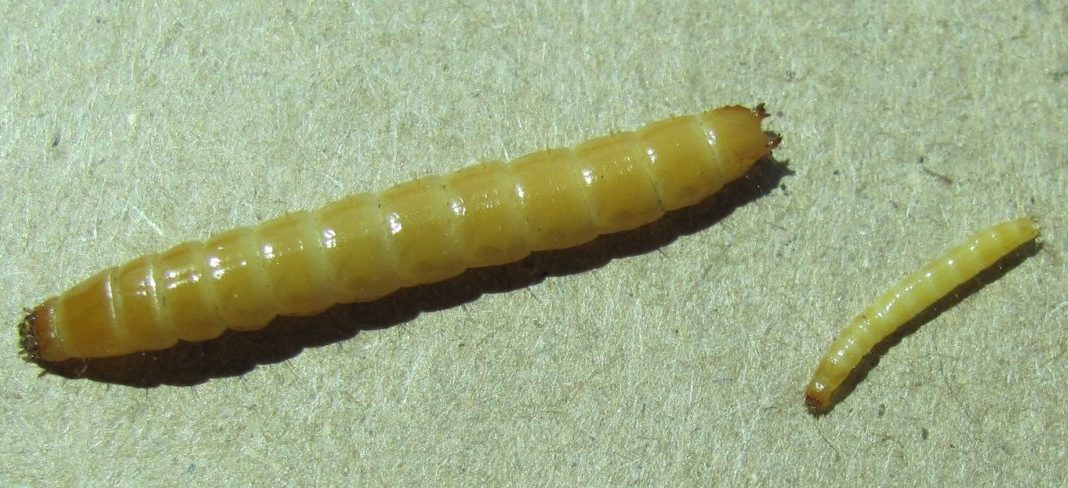A key hurdle in managing wireworms is that different species can have different responses to control measures.
So in 2004, Agriculture and Agri-Food Canada (AAFC) researchers launched the first-ever nation-wide survey of wireworm pest species. Now this challenging survey is in its final year.
“The survey is foundational to our development of integrated pest management strategies for wireworms right across Canada,” says Bob Vernon, the AAFC research scientist who is leading the survey.
Wireworms are the larval stage of click beetles. All click beetles belong to the Elateridae family, which includes many subfamilies, genera and species. The larvae live in the soil for several years, growing bigger with each moult. They feed on the underground parts of plants, including many crop types. In potatoes, they tunnel into the tubers, reducing marketable yields and providing an entry point for potato pathogens. At the end of the larval stage, wireworms pupate and then emerge from the soil as beetles to mate and lay eggs.
“It used to be that the species didn’t really matter in terms of controlling wireworms. The insecticides we had back in the 1950s, ’60s and ’70s, which were DDT-type chemicals or organochlorines, killed every species of wireworms equally. So you knew that if you used, for example, aldrin or lindane, it would work whether you used it in British Columbia or Manitoba or Prince Edward Island,” explains Vernon.
“But things are different now. All of the chemistries that killed every wireworm species are [banned] for the most part. Our pesticide trials over the years show that the new insecticides that have been registered to replace the older ones have variable effects on different species of wireworms.
“For example, when Wim van Herk [Vernon’s research associate] was doing his PhD, he found that neonicotinoids, like Titan which has the active ingredient clothianidin, works very well to manage damage in potatoes caused by two European wireworm species we have in British Columbia, Agriotes lineatus and Agriotes obscurus. A scientist in Ontario working alongside of us found that Titan gave not as good control on the common wireworm species in that province. In Prince Edward Island, it hardly worked at all on the main species there, which is another European wireworm called Agriotes sputator.”
Research by Vernon’s group also shows wireworm species may differ in their response to biocontrol options. As well, other differences between species may affect management considerations.
One important difference can be the amount of crop damage done by the pests. For instance, studies by other researchers have shown that larvae of Selatosomus destructor can eat up to 10 times more than Hypnoidus bicolor larvae, so action thresholds would be different for these two Prairie species. Wireworm species also differ in size; for example, Selatosomus destructor larvae can reach 2.5 centimetres in length while Hypnoidus bicolor larvae are up to 1 centimetre long.
And species may differ in terms of characteristics like the number of years they remain as larvae, the timing of their emergence as adults, and their habitat and feeding preferences. Such characteristics may influence things like which crops are most at risk, which fields are most at risk, and when to conduct sampling to assess risk levels.
The national survey is currently part of a major wireworm project led by Vernon. The project is funded under Growing Forward 2 through the Canadian Horticultural Council. It includes various studies to develop and evaluate chemical and biological strategies for controlling the larvae and the adults, and other studies related to integrated management of the pest.
Read the full story, including full survey results, in the Summer edition of Spud Smart magazine, due to be released end of July.











